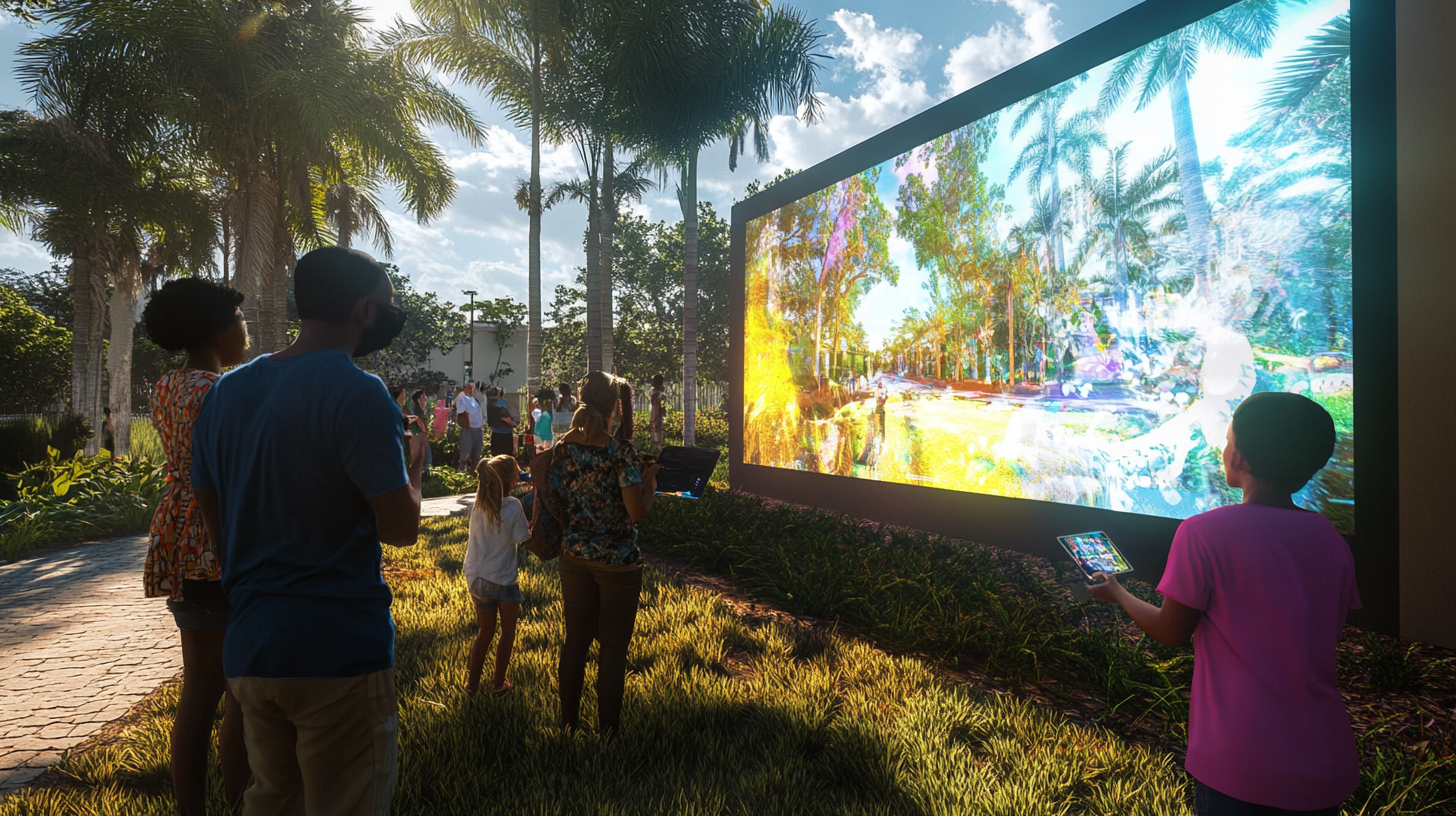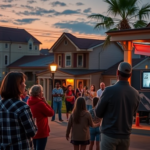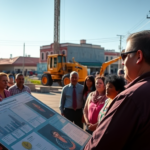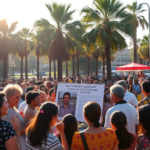South Texas Health System Behavioral Launches Innovative Gaming Wall for Mental Health
In an ambitious step forward for mental health treatment, South Texas Health System (STHS) Behavioral has unveiled its new immersive gaming wall designed to aid mental health recovery through interactive play. This cutting-edge technology is set to transform traditional therapy methods by integrating augmented reality to create engaging and therapeutic virtual playgrounds. The initiative highlights a growing trend in mental health care that prioritizes holistic and dynamic approaches to wellness, resonating with the needs of the Rio Grande Valley (RGV) community.
Breaking New Ground in Mental Health Treatment
The introduction of the gaming wall by STHS Behavioral in Edinburg, Texas, reflects the institution’s commitment to innovative mental health care solutions. The technology, dubbed the L Interactive Playground, reimagines therapy spaces by combining physical activity with interactive technology to enhance mental well-being. This multifaceted approach not only encourages physical movement, releasing endorphins that combat stress, but also fosters improved social-emotional capacities among patients.
Jessica Becker, Chief Executive Officer of STHS Behavioral, states, “The L Interactive Playground is more than just a technological advancement; it is a comprehensive tool that stimulates both body and mind. By turning any space into an engaging environment, we are pushing the boundaries of conventional mental health treatment and reinforcing our commitment to comprehensive patient care.”
Local Impact and Benefits for Valley Residents
This significant development holds particular promise for residents of the Rio Grande Valley, an area where many face barriers to consistent and effective mental health care. By offering a transformative experience that goes beyond the typical therapeutic environment, STHS Behavioral’s initiative provides a new avenue for individuals struggling with mental health issues to engage in their recovery.
Josefina Martinez, a local mental health advocate, reflects on this advancement’s potential effects: “For our community, where accessibility and stigma can often hinder mental health care, tools like the gaming wall are groundbreaking. They offer a playful and engaging alternative, making therapy less daunting and more inclusive for people of all ages.”
Building on a Legacy of Community-Driven Initiatives
The debut of this gaming wall builds on South Texas Health System’s legacy of addressing the RGV’s unique health challenges. STHS Behavioral has continually explored diverse therapeutic techniques to support the emotional and behavioral health of its patients. This new tool represents an evolution of their methods, aligning with contemporary trends favoring dynamic, personalized health care solutions.
RTGV news previously highlighted the growing discussions around mental health in the Valley, emphasizing the need for interventions that both resonate culturally and respond to the area’s specific socio-economic factors. The gaming wall is a timely response, potentially redefining how therapy is perceived and accessed in the community.
Fostering Community Engagement and Future Directions
The gaming wall has already generated significant interest among local organizations and community groups, many of whom see potential for partnerships to expand its impact. There’s hope that its success might spur similar initiatives, leading to an expanded network of interactive therapies throughout South Texas and beyond.
Linda Chavez, director of a local youth support organization, notes, “The possibilities are endless. With the right support and continued innovation, we can see this technology being adapted for more specific needs, diversifying how we approach mental health interventions in schools, community centers, and homes.”
STHS Behavioral’s initiative comes at a crucial time when conversations about mental health are becoming increasingly prioritized. However, like any new development, it raises important questions regarding long-term integration and sustainability in mental health care frameworks.
Dr. Laura Ramirez, a psychologist based in Brownsville, cautions, “While the gaming wall’s introduction is exciting, we must remain vigilant in evaluating its efficacy and ensuring it’s integrated thoughtfully alongside traditional therapeutic practices.”
Exploring Resources and Next Steps
For Valley residents and stakeholders eager to see the gaming wall in action or learn more about its potential benefits, STHS Behavioral plans to hold public demonstrations and informational sessions. These events will serve as platforms for engagement, feedback, and collaborative discussion, essential for tailoring the intervention to local needs.
As this story unfolds, the gaming wall reflects broader trends towards innovative health solutions that cater to community-specific contexts. It represents a vital step forward, emphasizing South Texas’ dedication to pioneering health care models that deliver significant local impact.
For more information on upcoming demonstrations or to get involved in this initiative, community members are encouraged to reach out directly to South Texas Health System Behavioral through their official channels.
In embracing this groundbreaking tool, the Rio Grande Valley takes another step towards reshaping its mental health landscape, balancing technological advance with community-focused care, and setting a promising precedent for future health innovations.







